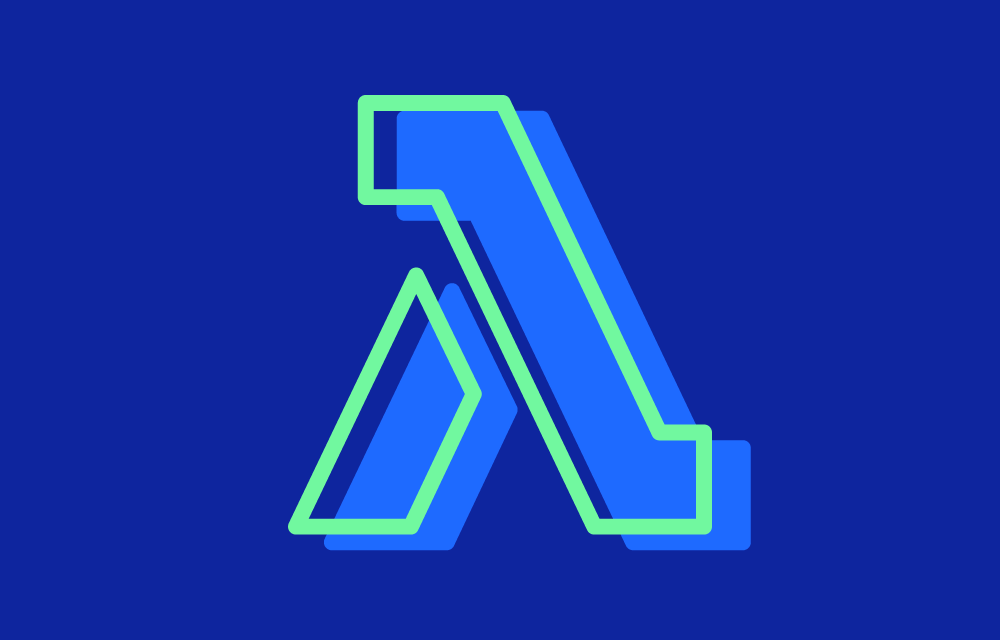History
AWS Lambda was introduced in November 2014 during the AWS reconference. It marked a significant shift in cloud computing by enabling a serverless architecture where developers could focus solely on writing code without worrying about the underlying infrastructure. Since its launch, AWS Lambda has expanded its capabilities and integrations, becoming a cornerstone service in the AWS ecosystem.
Value Proposition
- Serverless Architecture: Eliminates the need for server management, allowing developers to focus on writing code.
- Automatic Scaling: Lambda automatically scales the execution of your code in response to incoming requests, ensuring optimal performance.
- Cost Efficiency: Charges are based only on the compute time used, with no costs for idle time, making it a cost-effective solution for many applications.
- Event-Driven Execution: Integrates seamlessly with other AWS services and executes code in response to events such as changes to data in S3, updates to DynamoDB tables, or HTTP requests via Amazon API Gateway.
- Flexibility: Supports multiple programming languages and can be used for a variety of use cases, from web applications to data processing tasks.
Challenges
- Cold Starts: Initial execution of a Lambda function after a period of inactivity can introduce latency, known as a cold start, which can impact performance.
- Resource Limits: AWS Lambda has limits on memory allocation, execution timeout, and package size, which may constrain certain applications.
- Debugging and Monitoring: While AWS provides tools for monitoring Lambda functions, debugging serverless applications can be more complex compared to traditional server-based applications.
- Vendor Lock-In: Using Lambda ties applications closely to AWS, making it challenging to migrate to other cloud providers without significant changes.
- Complex Workflows: Building and managing complex workflows involving multiple Lambda functions can become intricate and require careful orchestration.
Key Features
- Event Sources: Supports various AWS services as event sources, including S3, DynamoDB, Kinesis, SNS, SQS, and more.
- AWS Integration: Seamlessly integrates with other AWS services, enabling powerful and flexible application architectures.
- Custom Runtimes: Allows developers to bring their own runtimes to Lambda, enabling the use of any programming language.
- Concurrency Control: Provides controls for managing the concurrency of function execution to ensure smooth scaling.
- Function Versioning and Aliases: Supports versioning and aliases for Lambda functions, facilitating deployment and management of different function versions.
Use Cases
- Data Processing: Real-time file processing and transformation using S3 events.
- Web Applications: Serving backend logic for web and mobile applications, including API Gateway integrations.
- Automation: Automating routine system administration tasks, such as backups and monitoring.
- IoT: Handling and processing data from IoT devices at scale.
- Microservices: Building scalable, event-driven microservices architectures.
Market
AWS Lambda is widely adopted across various industries, including technology, finance, healthcare, and media. Its ability to reduce operational overhead, combined with its scalability and cost efficiency, makes it an attractive solution for businesses of all sizes. As serverless computing continues to gain traction, AWS Lambda remains a leader in the market. Similar services are offered by other major cloud providers, including:
- Google Cloud Functions: Google Cloud’s serverless execution environment for building and connecting cloud services.
- Azure Functions: Microsoft Azure’s serverless computing service that allows code execution in response to various events.
- Oracle Functions: Oracle’s serverless platform for building and deploying functions on Oracle Cloud.
- Alibaba Cloud Function Compute: Alibaba Cloud’s event-driven, serverless computing service.
Related terms
- Function as a Service (FaaS): A cloud computing service that provides a platform allowing customers to develop, run, and manage application functionalities without the complexity of building and maintaining the infrastructure.
- Event-Driven Architecture: A software architecture pattern promoting the production, detection, consumption of, and reaction to events.
- Microservices: A software architectural style that structures an application as a collection of loosely coupled services, which implement business capabilities.
- Containers: A lightweight, standalone, executable package of software that includes everything needed to run an application: code, runtime, system tools, libraries, and settings.
References
Further reading/watching
- “Serverless Architectures on AWS” by Peter Sbarski
- “AWS Lambda in Action” by Danilo Poccia
- “Designing Data-Intensive Applications” by Martin Kleppmann
- “Cloud Native DevOps with Kubernetes” by John Arundel and Justin Domingus



